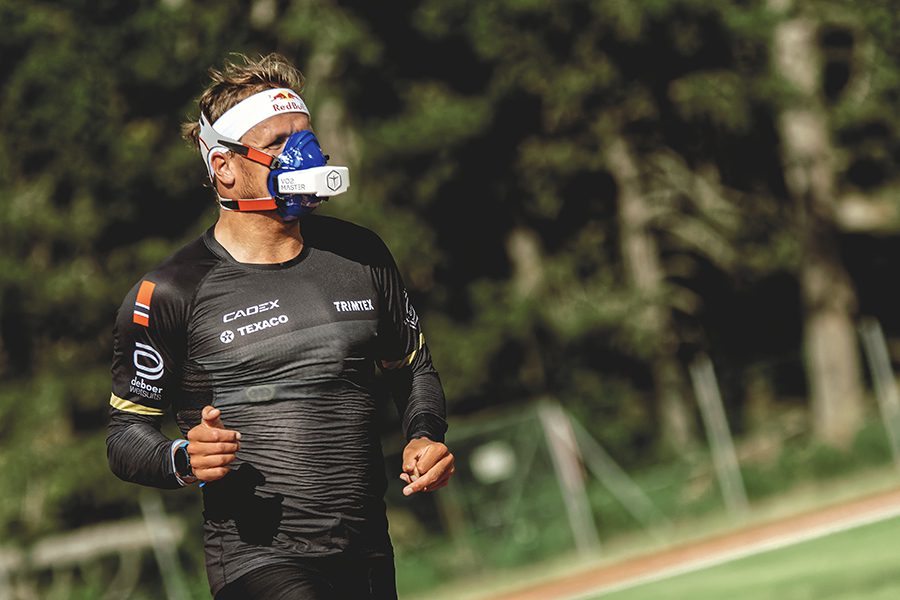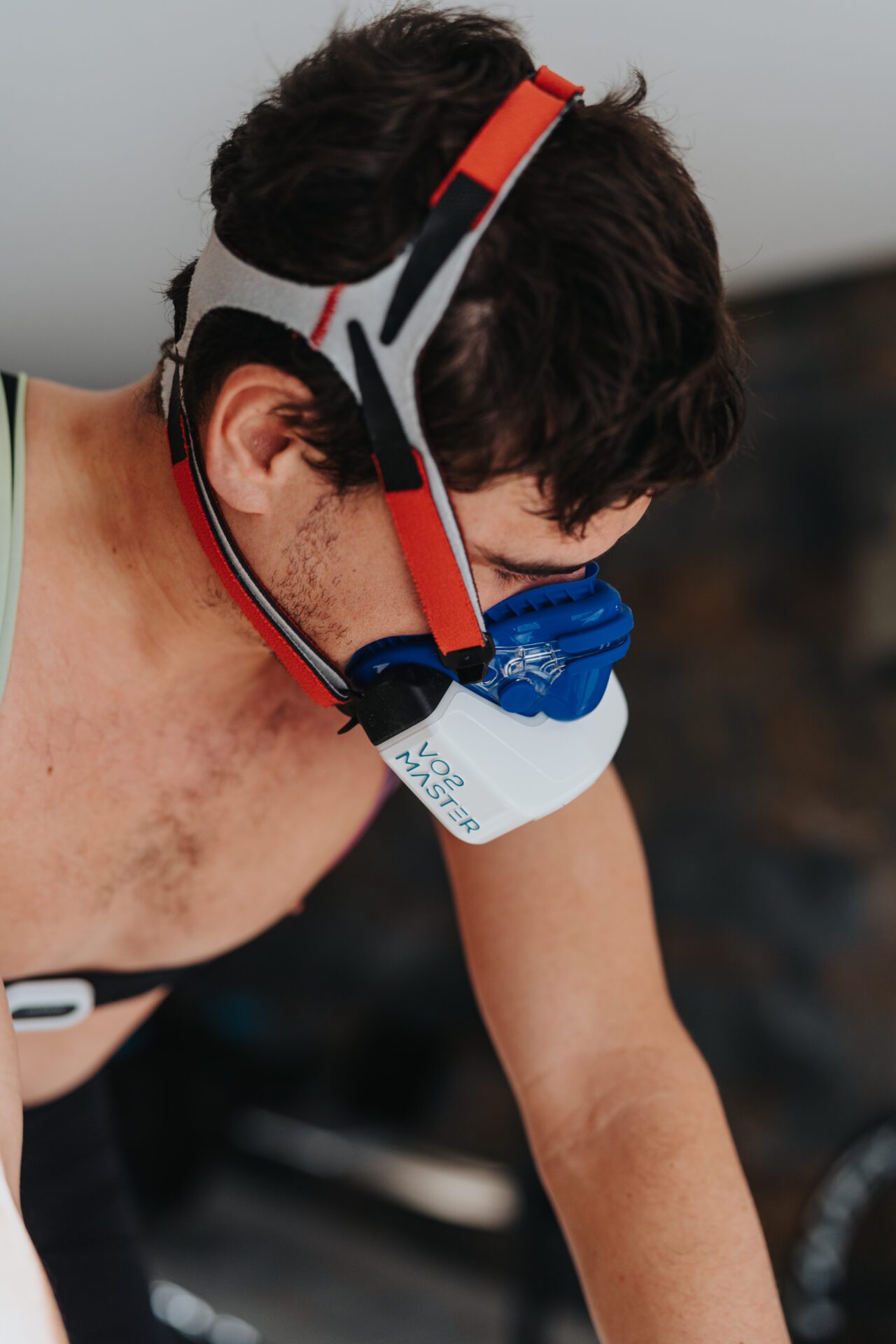The Norwegian Method Podcast: 6 Essential Tips for Triathlon Run Training
This is the seventh episode in this series. If you haven’t yet listened to Episode 6, click here to read our six takeaways and listen to the episode in full. In the seventh episode of The Norwegian Method Podcast presented by Santara Tech, hosts Dr. David Lipman and coach Olav Aleksander Bu explore run injuryContinue reading "The Norwegian Method Podcast: 6 Essential Tips for Triathlon Run Training"

This is the seventh episode in this series. If you haven’t yet listened to Episode 6, click here to read our six takeaways and listen to the episode in full.
In the seventh episode of The Norwegian Method Podcast presented by Santara Tech, hosts Dr. David Lipman and coach Olav Aleksander Bu explore run injury mitigation, how to tell when to take a break, how much time to spend in your “super-shoes,” and more.
Here are our five big takeaways from the episode.

1. Mitigating the Risk of Injuries While Running
Running is unique in triathlon because it presents the greatest risk of injury out of all of the disciplines.
But how does this impact training?
As a triathlete, you’ve got the benefit of having a diversified training load spread across three sports. That in itself is a form of injury prevention.
When it comes to running injuries, it’s important to remember that volume isn’t the problem. Rather, injuries typically happen when you don’t balance your intensity in the right way.
The biggest threat of injury comes from fatigue—when you get tired, you introduce movement patterns that stress the smaller, lesser-trained muscles in your legs and feet.
For example, your Achilles tendon takes a huge load while running and, as you fatigue, that tendon takes extra strain as you compensate and shift the load away from other muscle groups. The same applies to your foot arch.
Most running injuries start as soft tissue injuries but, over time, they can evolve into bone injuries and more.
2. Understanding the Run Discomfort Threshold to Avoid Injury
Given the risk of injury while running, many triathletes wonder if there’s a discomfort threshold at which they should skip or replace a run session.
The general answer is this: the moment you feel soreness or pain that doesn’t go away and is altering your technique, it’s time to self-assess.
If you’re starting to compensate to remove that pain, that means you’re shifting the load onto other parts of your body that might not be used to carrying it.
It’s important to be careful, be mindful, and observe your discomfort. You don’t need to go into a red alert right away.
Instead, take note of what you’re feeling, make some subtle changes to mitigate it, and then use the outcome to decide whether to cut your run short. If it feels manageable, you can keep going. If not, don’t push it.
You can also consider swapping your next run session for a bike or a swim.
If it’s a running-specific issue that doesn’t get worse or you don’t feel it on the bike or swim, that’s a valid approach to switch.

3. Weighing the Value of Running Drills
Running drills do have a place in your training regimen, but only if you’ve identified something specific that you need to address.
As was discussed in Episode 5, which focused on swim training, drills should be done with purpose. Your goal shouldn’t be to master that drill, but rather to bridge the benefit of that drill back into your training to become the fastest possible triathlete.
If that doesn’t happen, the swim is a waste of time.
With drills, it’s important to set deadlines for seeing progress—for instance, what difference do you want to see in two, four, or 8 weeks, and how will this translate to greater velocity?
Evaluate your drills at various intervals. If it’s not working, make a change.
Progress is a windy road and you have to be patient. You are not going to have exponential growth in everything. You typically progress very fast in the beginning and then it tapers off, but this is normal.
Just like triathlon skills, patience is a skill we have to learn too.
4. How Far You Should Run While Training for a Race
If you regularly do 42.2 kilometers or more in your run training and you can still juggle higher intensities in your regimen, running a marathon will be a walk in the park for you.
However, if you’re only running 60 kilometers per week, running a marathon is going to be a massive undertaking for you.
When it comes to deciding the furthest distance you should run in any given training session, the key is to look at your limiters.
For most age group triathletes, that limit is going to be your capacity for running—whether that’s time or physical output.
If your training capacity is capped at 60 kilometers of running per week, spending the majority of that time running a marathon each week doesn’t make sense.
However, you could look at doing this on a larger timeline. For instance, every three months, you could dedicate one week where the majority of your run training is dedicated to a marathon run.
5. How Often to Train in Your “Supershoes”
Many triathletes look to add “super-shoes”—otherwise known as high-efficiency running shoes—into their gear bag.
It can be tempting to do a lot of your run training in high-efficiency shoes because it helps you run longer and faster.
However, one of the ways these shoes work is by helping certain biomechanical traits.
High-efficiency shoes offset a lot of the load given to the smaller muscle groups in your legs and feet and support them.
This means those muscle groups won’t fatigue as easily. However, this also means you won’t be training those muscles to the extent you really need to in order to be successful with triathlon—and those muscle groups are important.
As a result, the increase you experience with high-efficiency shoes will drop off over time as you’re lacking the necessary stimulus.
The best thing to do is to alternate between high-efficiency and low-efficiency shoes to ensure your training is well-rounded.
If you’d like to learn more, you can listen to episode 7 in its entirety. You can also find brand-new video content, news, and updates from The Norwegian Method on the VO2 Master blog.
